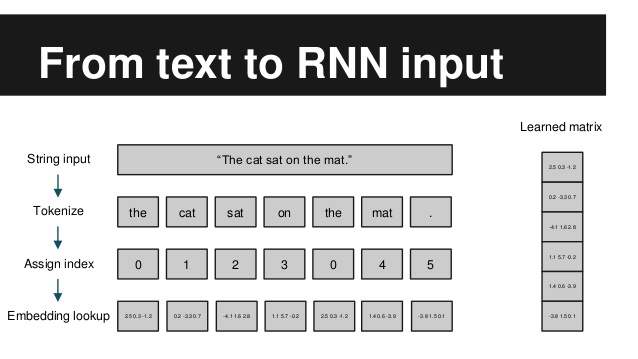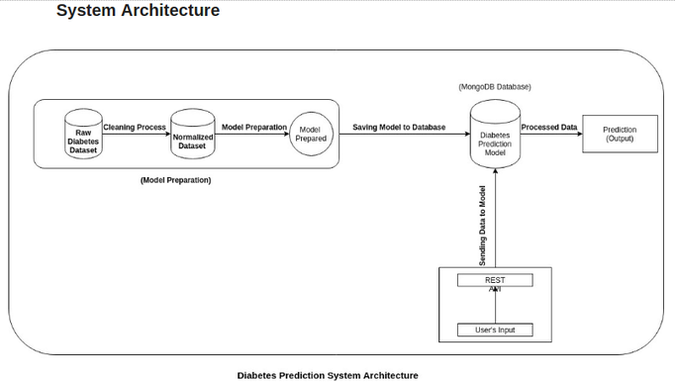Innovative TensorFlow Applications for Machine Learning Models
Sanam Malhotra | 5th December 2019

Artificial intelligence is proliferating new business grounds with impressive success. One of the key factors contributing to AI’s effective implementation is the availability of agile and dynamic libraries like TensorFlow. Today, SMBs can experience rapid AI integration by deploying various TensorFlow applications including speech and image recognition, predictive analytics, and more.
Let’s explore how businesses can merge disruptive artificial intelligence services with TensorFlow to build innovate machine learning models.
1) Speech Recognition Models
Traditional speech recognition techniques involved complex and time-consuming methodologies for audio feature extraction. The advent of machine learning technologies and supporting libraries such as TensorFlow has simplified speech recognition with pre-trained neural networks.
The underlying deep neural networks not only make data processing easier but also self-analyzes the inputs to improve model performance. With in-built support for multiple programming languages and neural networks, TensorFlow can contribute to the following business applications of speech recognition-
a) Voice-controlled home appliances and security systems
It is the most recent development in the speech recognition space. A combination of Internet of Things (IoT) devices and Natural Language Processing (NLP) techniques can create fully functional home automation systems. More than just switching appliances on and off, AI-powered home automation can enable users to monitor temperature, lightning, energy-consumption, and more.
b) Speech-to-text translation models
The first revolutionary implementation of speech-to-text models was brought to the masses by Apple’s Siri. The idea of deploying neural networks for speech recognition gave a big break to deep learning technology.
Unlike traditional voice recognition methods, deep learning uses Recurrent Neural Networks (RNN) that are efficient at mapping an audio file’s sequences. However, the key to easier and faster implementation of speech recognition models lies in Google’s TensorFlow library. The open-source machine learning library provides a flexible, scalable, and highly adaptable interface for building speech recognition models.

Source- Slideshare
Here’s how businesses can embed speech recognition models for different applications-
a) Voice commands for automated bill payment
b) Scheduling social media marketing campaigns
c) Voice-controlled eCommerce purchases and recommendations
Also Read- Deploying TensorFlow and Keras for Deep Learning Models
How does Oodles AI deploy TensorFlow to build speech recognition models?
We, at Oodles, have hands-on experience in NLP technologies to train TensorFlow models for speech and image recognition. Our AI team uses Convolutional Neural Networks (CNN), the histogram of oriented gradients (HOG) to perform accurate and efficient deep video analytics for real-time image recognition. For speech recognition, we use the combination of RNN and TensorFlow to build the following AI solutions-
a) Our capabilities include voice-controlled home automation applications powered by Alexa and Google Voice. We use AI’s deep neural networks to automate household IoT devices for instant voice calling, push notifications, and virtual assistant support.
b) Our team has recently built a TensorFlow-based word recognition model that translates speech and audio files into written texts. The model can be deployed for multiple business applications such as eCommerce product searches, business calendar updates, conference call management, and more.
2) Predictive Analytics using TensorFlow
Accuracy of predictions is the most critical factor in making well-informed business decisions. With the advent of artificial intelligence, machines are overcoming human limitations to make accurate and timely predictions for diverse businesses.
The process of generating predictions requires machines to analyze tons of structured and unstructured data to identify patterns and behavior. The high computational capacity of TensorFlow makes it ideal for parallel processing of data. It enables SMBs to derive valuable insights with predictive analytics even with limited datasets using methods like linear regression.
Following are some innovative business applications of TensorFlow-based predictive analytics-
a) Aiding medical diagnosis
By using Electronic Health Records (EHR), predictive engines can anticipate the condition of certain chronic diseases among patients. Currently, predictive analytics can be applied to assess heart risk, death risk, and other infectious diseases by predicting epidemic disease dynamics.
b) Boosting agriculture output
Predictive analytics has already entered the agricultural fields to automate demand, yield, and crop health prediction. However, the applications of AI-powered predictive engines are now extending to detect certain plant diseases using TensorFlow libraries.
Also Read- How Artificial Intelligence in Healthcare is Redesigning Treatment
Optimizing TensorFlow Applications with Oodles AI
The AI team at Oodles has a working knowledge of deploying predictive analytics for multiple business applications. Our most recent POC development involved a Diabetic Prediction System using two-boost algorithms aHow Artificial Intelligence in Healthcare is Redesigning Treatmentnd libraries such as TensorFlow, Scikit-Learn, and Flask. The model is trained using structured data inputs like Plasma Glucose, Tricep Thickness, Blood Pressure, and other medical details to draw diabetic predictions.

The model’s USP is that it does not require any intervention of a physician to measure a person’s diabetes. The system works on a simplified interface that enables common individuals to test diabetes easily and accurately.
In addition, our AI experts are working on a cloud-based ML model that predicts the presence of specific resources under the earth’s surface. The model is trained using various libraries and sensor-based drilling machine data. The primary objective of our team is to empower global businesses with artificial intelligence technologies to accelerate innovation and growth.
Talk to our AI development team to know more about our artificial intelligence services.



